Thank you to the 700+ subscribers of Telehealth Tuesday for your continued interest in our articles. As we look back on this year, just as we did at the end of 2020, we wanted to highlight those articles that resonated most with our readers.
Telehealth Strategy
As it became increasingly clear that “Telehealth is here to stay” for good, many leaders looked for guidance as to what their telehealth strategy should look like. Here are a handful of articles that tackled this crucial topic.
With very few organizations actually having a telehealth strategy, in this column we explored the Purpose of a Telehealth Strategy.
Unsurprisingly, the answers are the same as for any strategy: Raise awareness and provide clarity to create the desire; establish focus and prioritize projects so leadership can allocate resources.
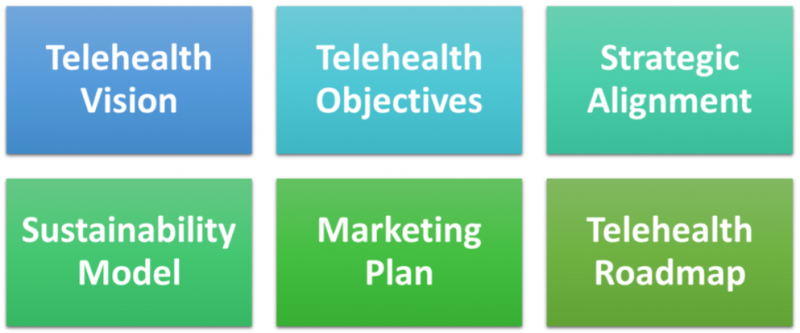


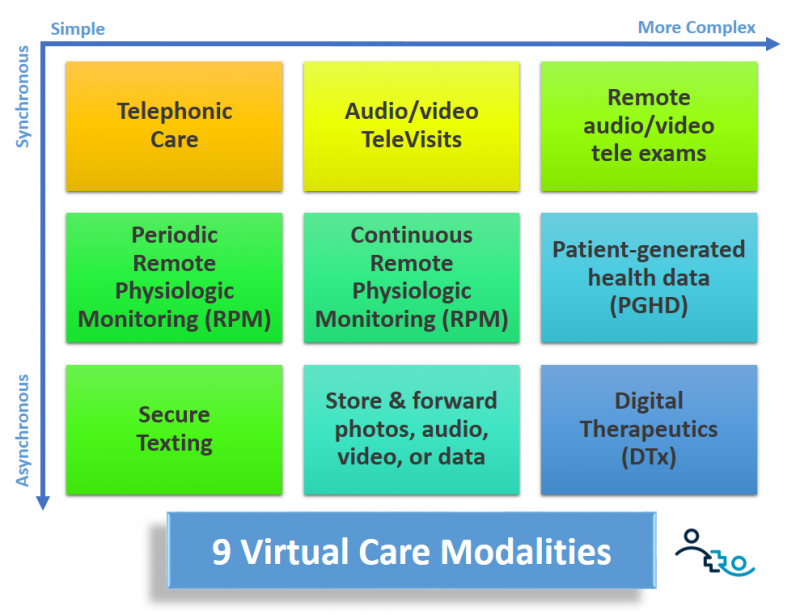


To implement the strategy, a fourth article highlighted the fact that, just like in all of healthcare, It Takes A Village to design, launch, and run a successful telehealth service.
Everyone from clinicians and nurses to IT and legal need to be involved in making sure that the telehealth services are well designed and well-run.
Meeting the Demand for Telehealth
While healthcare consumerism started many years ago, the widespread availability of telehealth options resulted in an increase in demand, originating from the Modern Healthcare Consumer — a new type of healthcare customer whose expectations are more along the lines of a Disney or Amazon experience than the traditional healthcare “waiting room” encounter.
Illustrative of this new type of customer, in one article from Spring 2021, we outlined the story of a patient who actually fired her primary care physician, because of their lack of willingness to offer telehealth. A true example of “voting with your feet”, which in this virtual world is getting increasingly easier with plenty of virtual care options available.
A third article in this theme focused on the notion of what it means to deliver “100% telehealth”. In our view, that does not mean that all healthcare is delivered virtually; rather it means that it is delivered all of the time when three criteria are met:
Telehealth Optimization
The keystone article around telehealth optimization focused on our Framework for Telehealth Optimization.
Physicians on Camera Delivering Care
While some physicians have a natural affinity for the camera lens, many do not, yet it only takes 15 minutes to meaningfully introduce clinicians to the basic Webside Manners.
Over the course of three articles we laid out the 10 benefits of investing in “webside manner training”.
From 2021 to 2022
With the Omicron variant now running rampant (Maryland just saw a 2.5 times more the number of daily infections than the prior peak in Jan 2021) and evolved variants becoming more infective, the mood right now is “unpredictable” at best.
Even more reason to now double down on taking full advantage of telehealth, which is why last week I shared a battle plan for combating Omicron and held a free webinar on the eve of Christmas eve (the recording is now available when registering for the webinar).








To receive articles like these in your Inbox every week, you can subscribe to Christian’s Telehealth Tuesday Newsletter.
Christian Milaster and his team optimize Telehealth Services for health systems and physician practices. Christian is the Founder and President of Ingenium Digital Health Advisors where he and his expert consortium partner with healthcare leaders to enable the delivery of extraordinary care.
Contact Christian by phone or text at 657-464-3648, via email, or video chat.




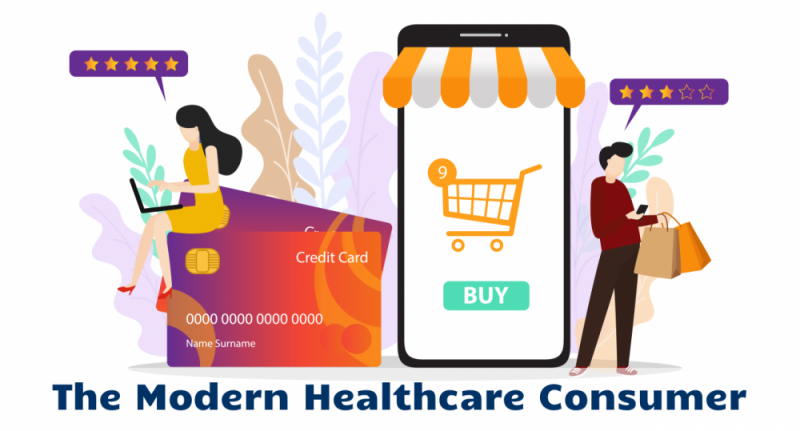

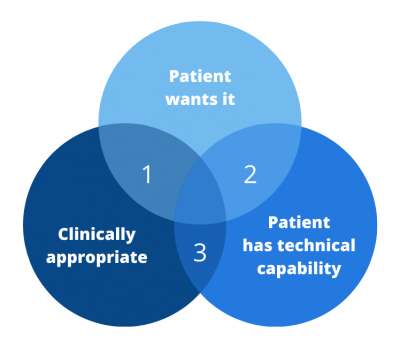

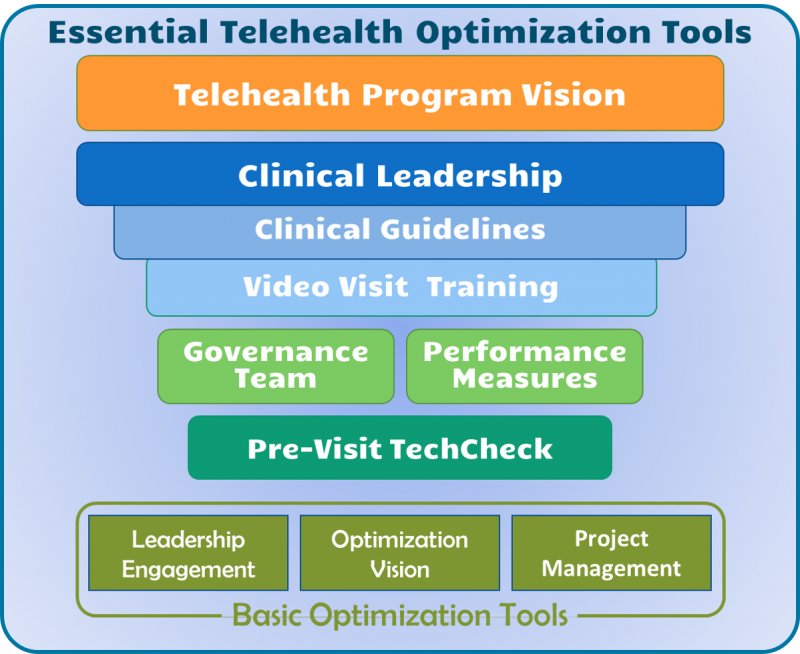
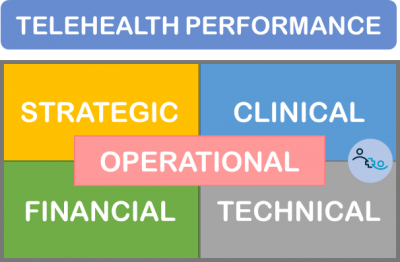







Leave A Comment